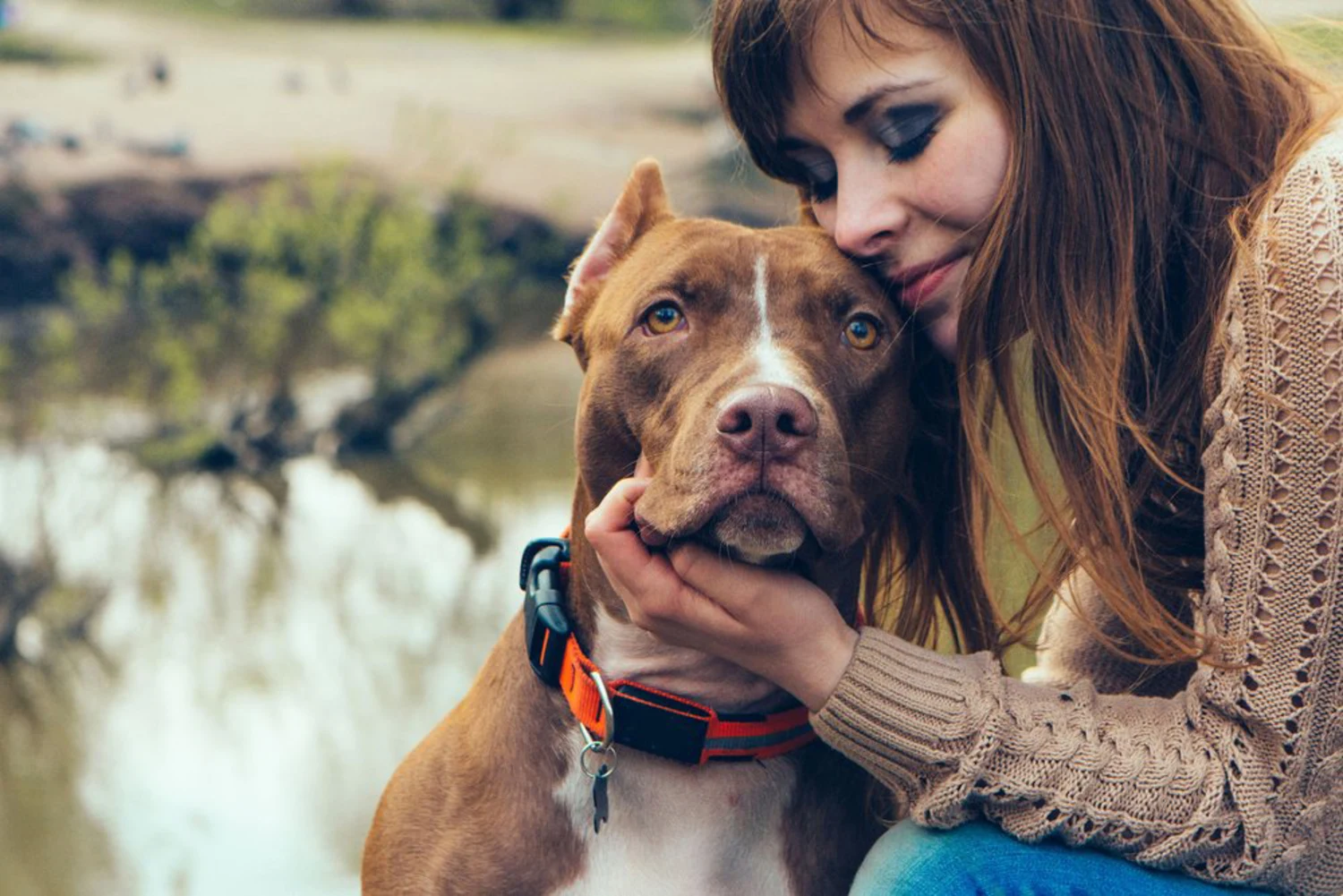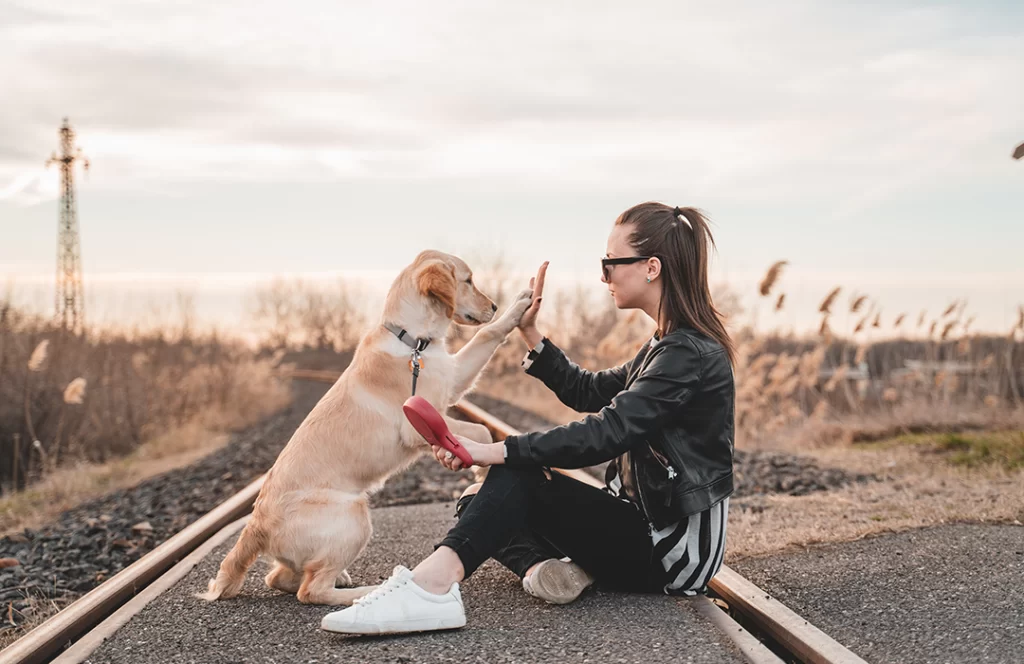Explore how to select a pet that fits your living situation, activity level, and family dynamic for a harmonious relationship...
Read More
Can We Understand The World Through A Dog's Eyes?
From Your Dog's Perspective!
Dog owners who want to learn more about their dogs should remember that their pets experience the world visually differently than they do. The eye is the first place to see significant deviations. Having studied the structure of the dog’s retina, we can make educated guesses about the visual world your dog experiences.
When it comes to their eyes, are dogs quite like humans?
The retina is the light-sensitive layer of the eye. This can be found near the back of the human eyeball’s interior. The retina has two types of light-sensitive cells known as rods and cones. Rods detect motion and allow for vision in low light, whereas cones are responsible for color vision and fine detail. Due to their rod-dominated retinas, dogs have excellent night vision. Dogs, in addition to having stronger night vision than humans, also have enhanced motion perception. Because their cone concentration is only around 1% of that of human retinas, dogs do not have the same color vision as humans.

Dog vision is similar to that of a person who is colorblind. It’s a common misconception that someone colorblind to red and green cannot perceive any color. People often have trichromatic vision (three-color variations).
Those who experience red/green color blindness are known as dichromats (two color variations). Canines have color vision, although it’s limited to two tones blue-violet and sunshine yellow. Also, like humans, dogs can tell the difference between various tones of gray. Dogs have difficulty distinguishing between green, yellow, orange, and red.
Instead of relying exclusively on color, dogs employ various cues (such as smell, texture, brightness, and position). Certain guide dogs, such as those used by the blind, may be unable to tell the difference between the colors of the lights at a crosswalk. The traffic’s rhythm and rumble signal the dog that the owner can safely cross the street.
The amount of binocular vision is reduced when one’s peripheral vision improves. When a person’s two visual fields overlap, they are said to be using binocular vision. Because of this, depth perception requires the use of both eyes together. Dogs’ wider-set eyes have less binocular vision and less overlap than human eyes (thus less depth perception). When a dog has focused straight ahead, it has the best depth perception. This is not an ideal condition as their nose is constantly in the way. To ensure their own life, predators rely on their binocular eyesight. Binocular vision is crucial for numerous predatory behaviours, including jumping, leaping, catching, and more.

Do dogs have less clear vision?
Dogs’ visual acuity is lower, and they have worse binocular vision than humans. Twenty-twenty vision is the standard definition of perfect eyesight in humans. At that distance, we can make out individual letters or identify individual objects. On average, a dog’s vision is 20/75. So, they need to be closer to an object than a human is—about 20 feet—to perceive it as clearly as a human would at 75 feet.
What do to if your dog is blind?
Dog owners frequently worry that their blind pets are no longer happy when they lose sight. Being blind doesn’t bother humans as much as it might bother dogs, yet humans rely far more heavily on their eyesight than dogs. As long as they have a safe and secure environment, blind dogs can have happy lives. The pet’s owner may need to change the animal’s living conditions. Modifications like enclosing the yard, walking on a leash, and removing obstacles from the dog’s regular routes are good examples. Most blind dogs, understandably, struggle to ascend and descend stairs. Most people wouldn’t notice a blind dog out and about if it didn’t act differently from a sighted dog.
Recent Post
Should I Be Worried If My Dog Ate Maggots?
What should be done if your pet is eating maggots? Maggots, both white and squirmy are insects that feed on...
Read More
Understanding the Bond Between Humans and Pets
Understanding the Bond Between Humans and Pets "The silent language of a wagging tail, a purring cat, or a chirping...
Read More


